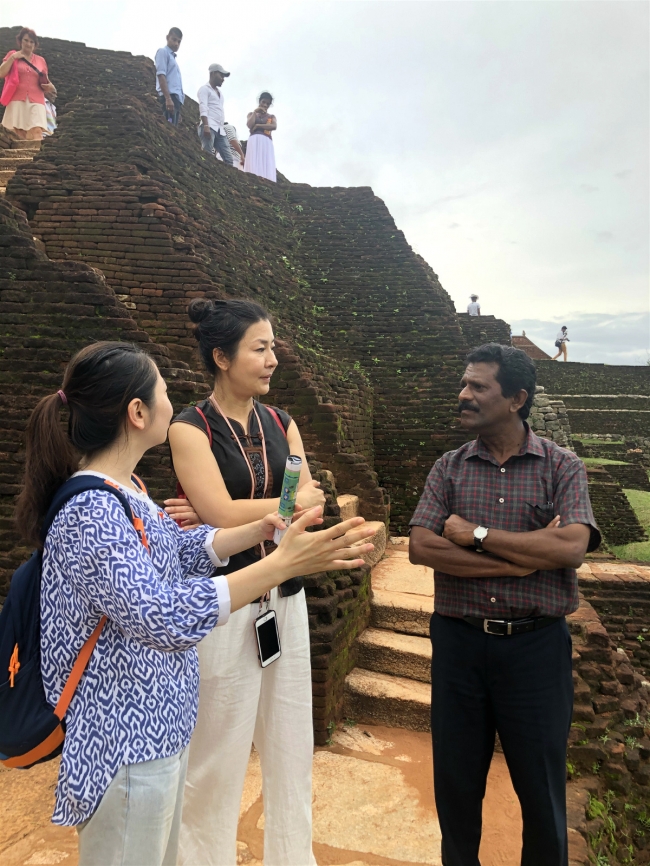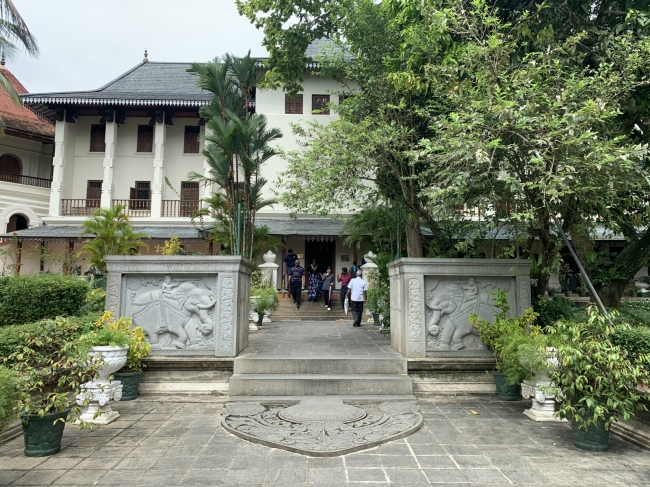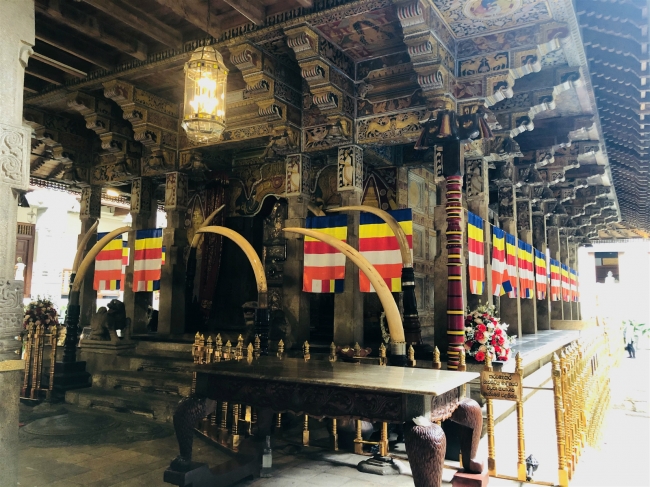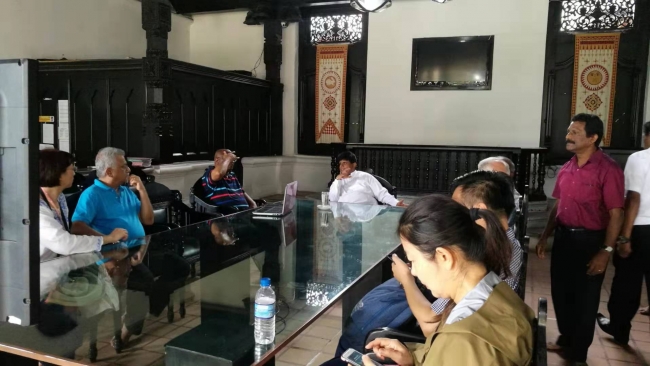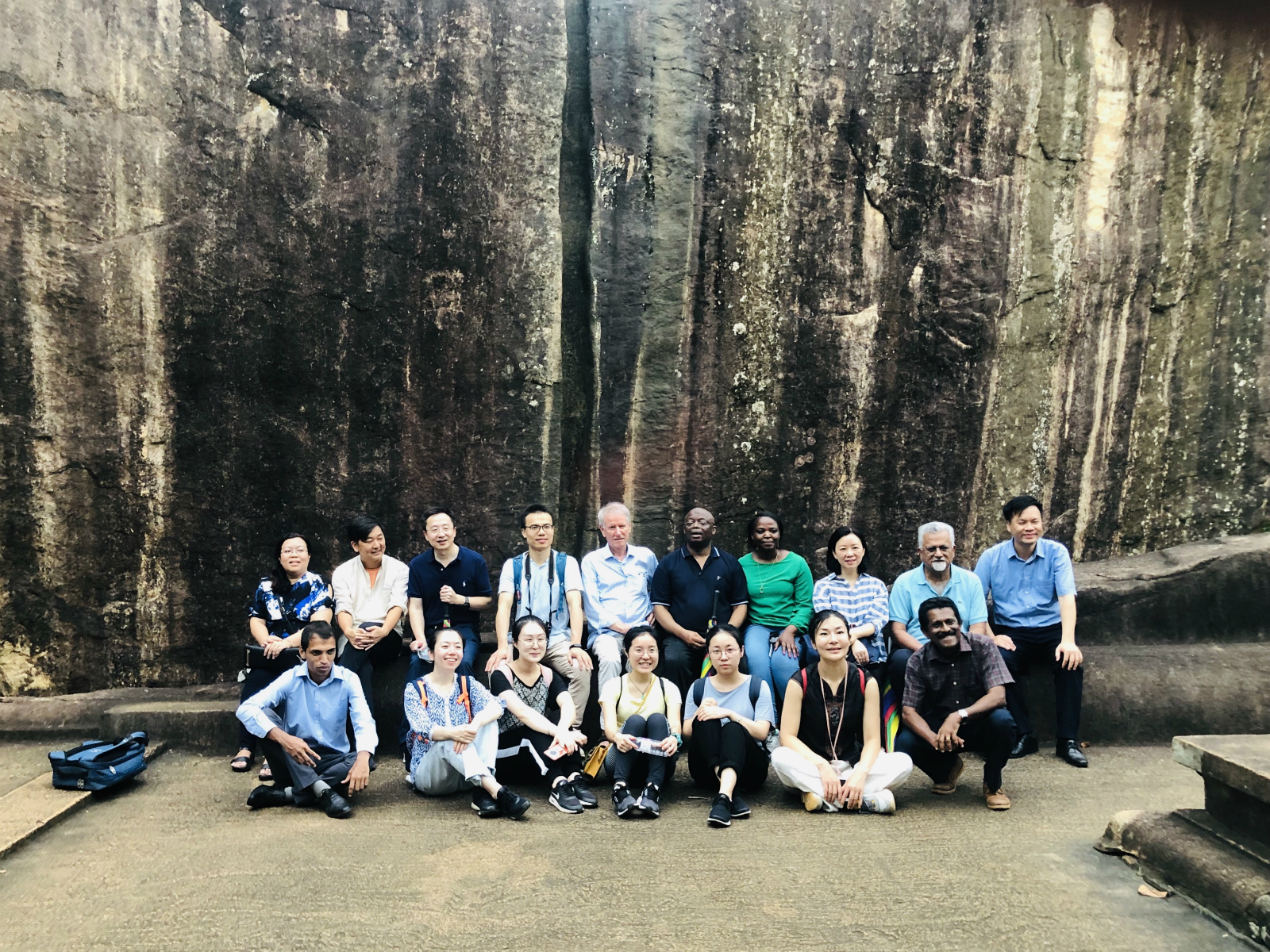
On December 9-10, the programme organizes field trips to a number of World Heritage sites in Sri Lanka. On the first day, participants visited Sigiriya World Heritage Site. It is one of Sri Lanka’s ancient political capitals and most sensational archaeological heritage site that has sufficient evidence to prove that the history of Sigiriya can date back to pre-historic times.There were originally cave shelters for monks from B.C.300, but it is mostly known for the constructional activities of King Kasyapa (A.D. 477-495). As the younger son of the former king, Kasyapa chose to make Sigiriya his seat of administration to avoid his brother’s revenge, modeling the city on the mythical Alakamanda of the god Kuvera. Not long after his short reign, the site was convertedto a Buddhist monastery and was finally abandoned after the thirteenth century. Since the 1980s, archeological activities have been revived by the Central Cultural Fund.
Led by Gamini, Nilan Coray and the site manager, participants entered the site from the Western Entrance, passing by the Water and the Boulder Gardens, appreciating ancient fountains that are still working and cave arts. Climbing up the rock, people could view the significant secular paintings of the Sigiriya ladies as well as graffiti of inscriptions from the ancient times. Local experts explained the conservation techniques and ICOMO’s role in conservation on the way. Climbing along the Lion’s Paws, participants finally reached the Palace Complex. At the foot of the Lion Rock located the Sigiriya Museum. As an archaeological site museum managed by the Central Cultural Fund, this museum manifested the results of decades of archaeological research at Sigiriya World Heritage Site. The building itself is a smart modern expression of ancient building concepts including symmetry, geometry and flowing of the water. In the gallaries, visitors can tour through time from the geological past to the present and learn the histories of Sri Lanka’s Kingdom from texts, paintings, videos and molds. The site particularly organized a local martial art performance for the team. Consisting 6 main parts, the art embodies meanings of beautifying our world, mind and soul. It is still practiced in the same region and culture for the same purpose.
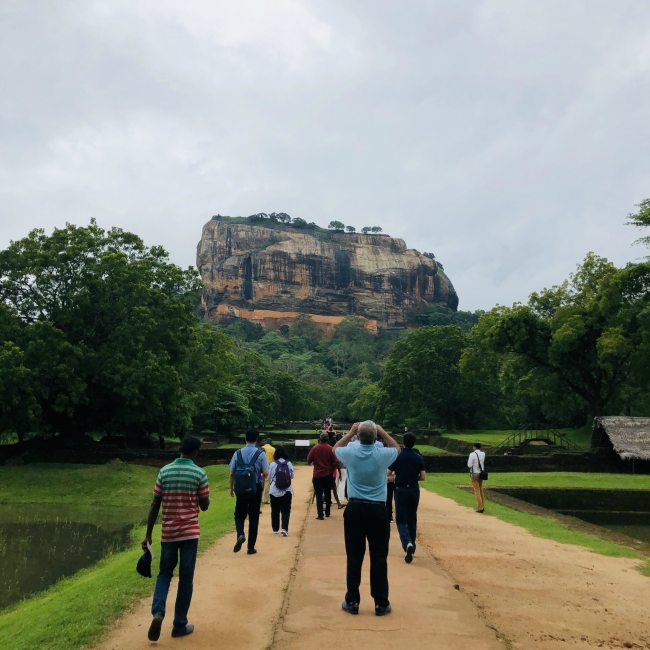
Ancient City of Sigiriya © SHI Yuling
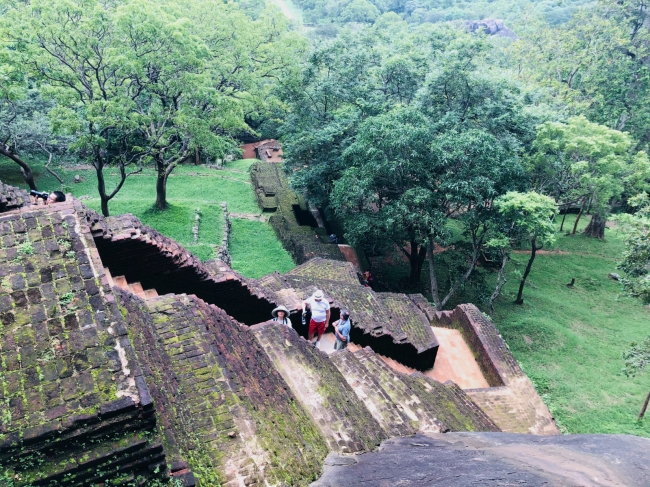
Ancient City of Sigiriya © SHI Yuling
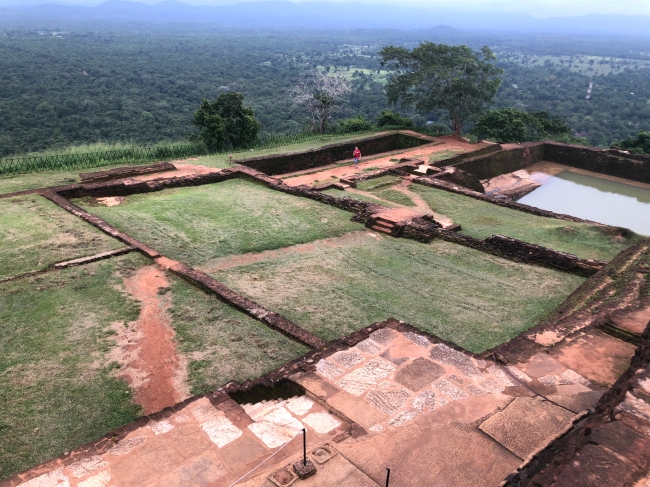
Ancient City of Sigiriya © SHI Yuling
